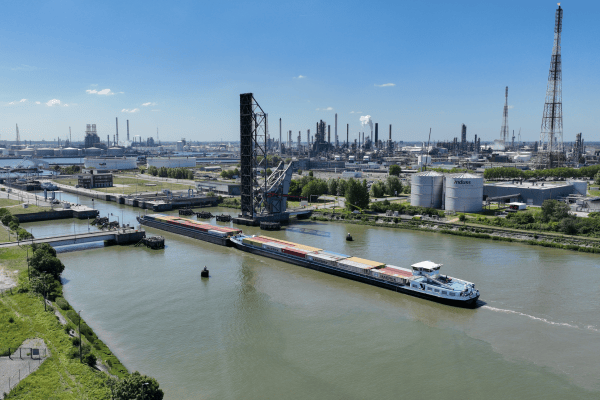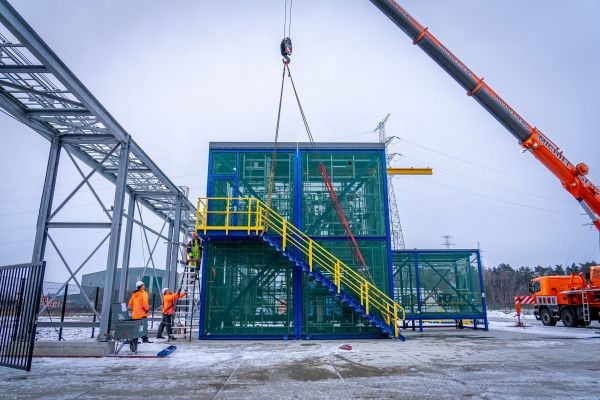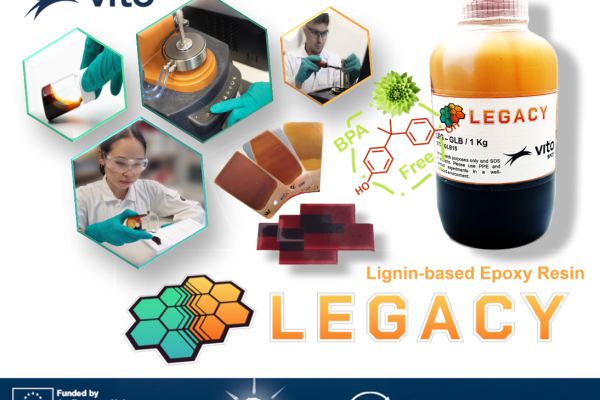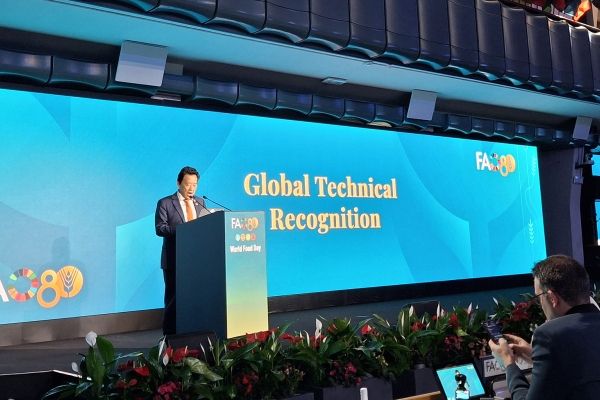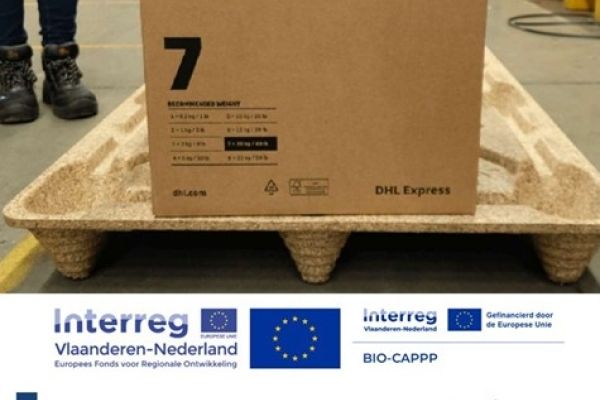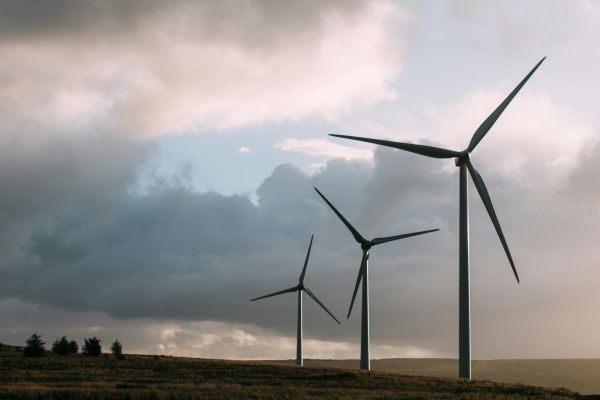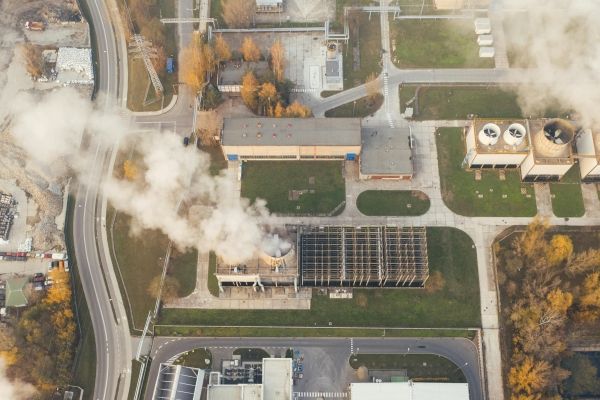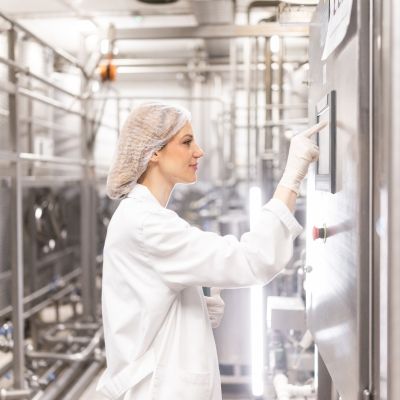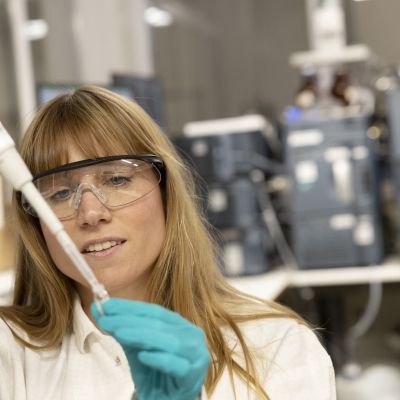CARBOOST aims for CO₂ storage with next-generation lightweight construction materials
Together with KU Leuven, UGent, and SCK CEN, VITO is launching the innovative CARBOOST project, a cluster SBO supported by Flux50 and Catalisti. CARBOOST stands for “Advanced mineral CARBOnatiOn techniques for durable and thermally-efficient conSTruction products” and aims to achieve a breakthrough in the development of lightweight, sustainable, carbon-negative building materials.
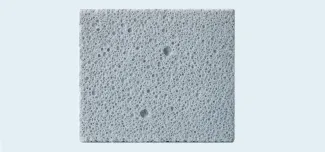
The construction sector faces increasing pressure to reduce its carbon footprint and shift towards circular practices. Traditional building materials such as cement and clay bricks are energy-intensive and rely on non-renewable resources. CARBOOST focuses on the development of lightweight building materials using mineral carbonation, a process that requires significantly less energy during production, valorises locally available secondary raw materials (such as steel slags and construction & demolition waste), and even captures CO₂ instead of emitting it.
The potential impact for society and industry is substantial:
-
Climate benefits
The new materials can avoid up to 120,000 tonnes of CO₂ emissions per year, directly contributing to Flanders’ climate ambitions. -
Energy and cost savings
Thanks to lower energy consumption and the use of local secondary resources, these materials are both cost-effective and sustainable. -
New economic opportunities
With successful implementation, the initiative aims for the establishment of innovative production plants in Flanders, boosting local output, driving investment, and generating new employment opportunities. -
Superior performance
The materials offer improved thermal and acoustic insulation, enhanced fire safety, and longer service life compared to existing alternatives.
CARBOOST is fully aligned with Flux50’s ambitions for intelligent renovation and Catalisti’s innovation programs on carbon utilization, process intensification and circularity. The project strengthens Flanders’ position as a frontrunner in sustainable construction innovation and responds to the growing demand for circular, energy-efficient building and renovation solutions.
How does carbonation work?
To create carbon-negative building materials through mineral carbonation, you start with calcium-rich (secondary) raw materials such as steel slag. These are ground into a fine powder, mixed with water and cast into the desired shape. In CARBOOST, an additional foaming step is introduced to create a highly porous mixture. As the final step, the porous stones are placed in a sealed chamber where masses of CO₂ are pumped in. The stones absorb the CO₂ and convert it into calcium carbonate, a strong binder that replaces cement.
The result: a sustainable building block with the same qualities as traditional building materials. The big difference: CO₂ is absorbed and not emitted.
CARBOOST Project Partners

Speerpuntclusters:

CARBOOST (HBC.2024.0425) is een cSBO project gefinancierd door VLAIO.

